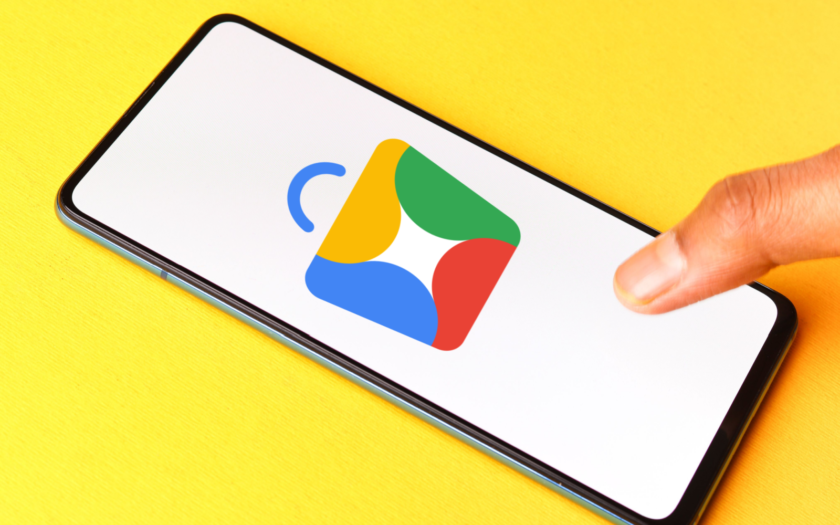#1: Product Discovery Is Now AI-Driven
Marketers now have an unparalleled opportunity to appear in highly personalized search results, thanks to AI-generated product briefs.
This level of detail allows brands to be more relevant at the research stage of a shopper’s journey, making it crucial for marketers to ensure their product data is optimized for Google’s AI.
Brands that provide clear, concise product descriptions, high-quality images, and accurate attributes in their product feeds likely benefit from improved visibility.
#2: Enhanced Engagement with AR and Virtual Try-Ons
For fashion, beauty, and other visually driven categories, the inclusion of AR-based virtual try-ons represents a breakthrough in how products can be showcased.
Marketers can leverage these tools to create more interactive and engaging shopping experiences, providing potential buyers with the confidence they need to complete a purchase.
As Google continues to develop these capabilities, brands should keep their product images top-of-mind and how users may interact with them when trying to make a purchase decision.
#3: Personalized Marketing Opportunities
The new personalized homepage and tailored deal feeds offer a fresh avenue for marketers to get in front of their target audience.
With consumers now receiving highly curated shopping experiences, brands that focus on personalization in their campaigns will have a better chance of reaching shoppers with the right product at the right time.
Customizing offers, creating dynamic ad campaigns, and leveraging Google’s new AI-powered insights will be key to staying relevant in this new shopping landscape.
#4: Price Transparency is Key
With price comparison and deal-finding tools baked into the new Shopping experience, marketers should focus on price competitiveness and transparency.
Consumers are more informed than ever, and with the ability to track and compare prices, brands that offer clear value propositions will stand out.
Marketing strategies should emphasize not only quality but also the best value for money, aligning with the price-conscious behavior this new Shopping model encourages.
#5: Experimentation and Feedback
Given that the AI-generated briefs are still in their experimental phase, marketers have the unique opportunity to shape this feature.
By encouraging feedback from their customers and adjusting their product listings accordingly, brands can play an active role in improving the AI’s accuracy and relevance.
This two-way interaction between marketers, consumers, and Google’s AI could lead to more fine-tuned product recommendations and higher conversion rates in the long run.
Summary
Google’s reinvention of its Shopping platform marks a new era for online shopping—one that is faster, more personalized, and smarter, thanks to AI.
For marketers, this presents a host of opportunities to engage with customers in a more meaningful way, from optimized product listings to dynamic, immersive experiences like virtual try-ons.
As this new AI-powered Google Shopping continues to roll out across the U.S., marketers need to be ready to adapt, leveraging these innovative tools to drive brand awareness and conversion.
The new Shopping experience officially rolls out in the United States today, and will continue its rollout over the next few weeks to more users.
